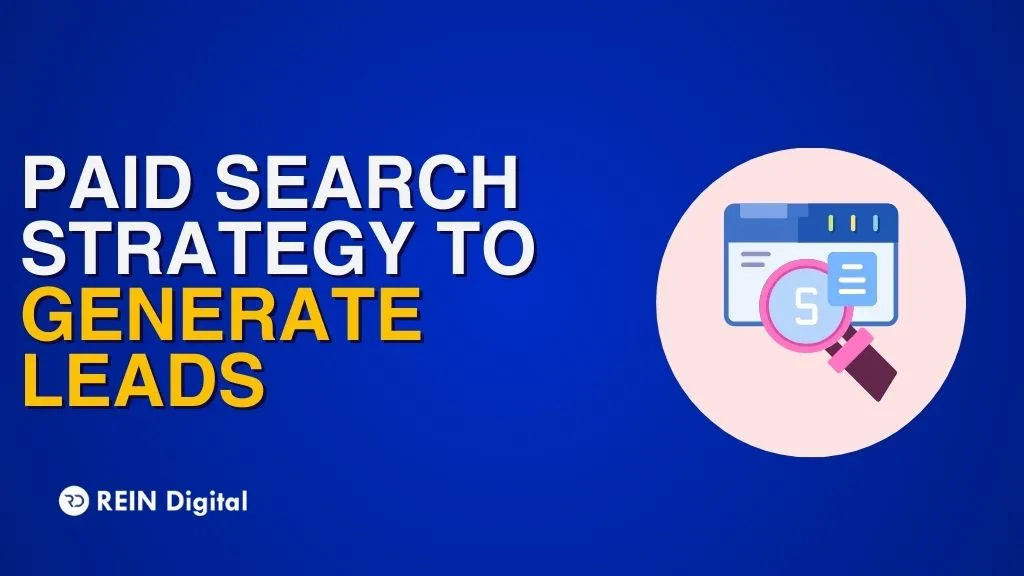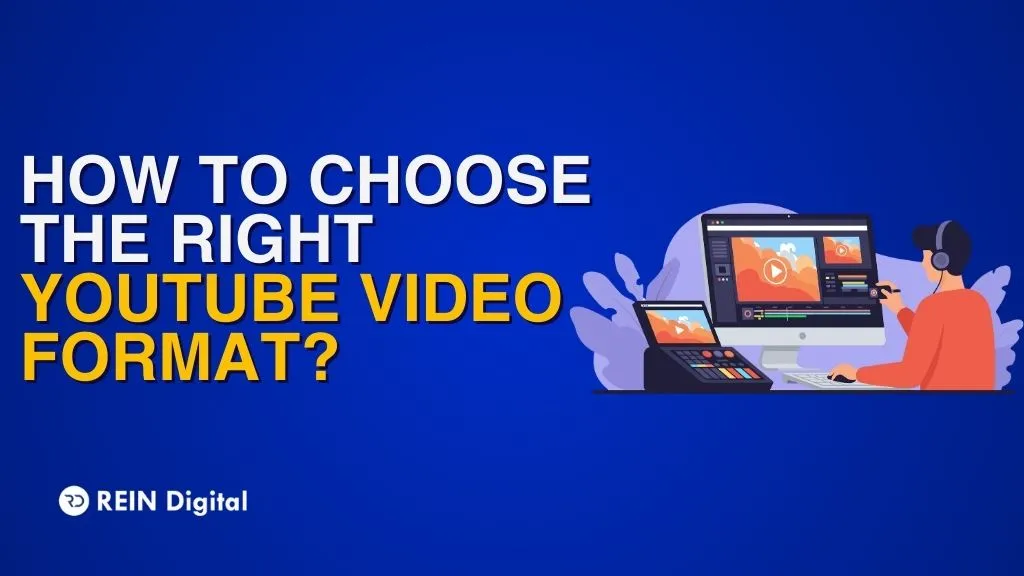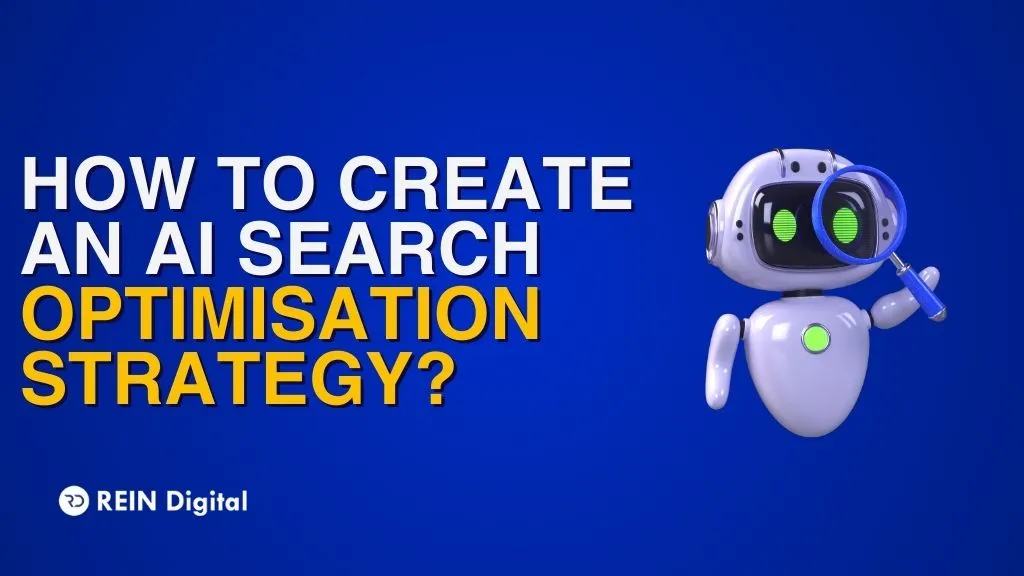
Marketing is the art of painting a picture of your product or service and showcasing it to the world in a way that entices consumers to take a closer look. It's the symphony of research, strategy, and creativity, coming together to create a harmonious tune that speaks to customers' hearts. It's the dance of understanding customer needs and desires and crafting a performance that leaves them wanting more.
Marketing is the heartbeat of any business, driving it forward and connecting it to the world. Integrated marketing communications take it several steps further. Let’s explore how, but first let’s see what is an integrated marketing communication.
What Is Integrated Marketing Communications?
Integrated marketing communications (IMC) is a modern approach to creating a cohesive and consistent brand experience for customers. It involves coordinating all of the different elements of a company's marketing mix - such as advertising, public relations, sales promotions, direct marketing, digital marketing, and personal selling - to create a unified message and customer experience.
The goal of IMC is to ensure that all brand messaging is consistent across all channels and that the different marketing mix elements work together to achieve the company's overall goals and objectives. By taking an integrated approach, companies are able to create more effective and efficient marketing campaigns that resonate with customers and drive results.
After integrated marketing communications definitions, let’s take a closer look at its importance.
Why Is Integrated Marketing Communications Important?
Consistent And Cohesive Brand Experience
A consistent and cohesive brand experience is an important aspect of any company's marketing efforts. It helps customers to easily identify and recognize the brand, and it establishes trust and credibility with customers. Integrated marketing communications help to create this type of brand experience by coordinating all elements of the marketing mix, including advertising, public relations, sales promotions, direct marketing, digital marketing, and personal selling.
By coordinating all marketing mix elements, companies can ensure that their brand messaging is consistent across all channels. This means that customers will receive the same message, tone, and look and feel whether they interact with the company through a television ad, a social media post, an email, or a face-to-face meeting. This consistency helps to establish a clear and recognizable brand identity, making it easier for customers to remember the brand and recall it when they are ready to make a purchase.
IMC also helps to create a cohesive customer experience by ensuring that the different elements of the marketing mix work together to provide a consistent and seamless customer experience. This can include, for example, ensuring that the same message is being conveyed through all channels, or that promotions and discounts are being offered through all channels. By doing this, customers are more likely to have a positive experience when interacting with the brand, which will increase their trust and likelihood of making a purchase.
Optimization Of Marketing Effectiveness And Efficiency
Integrated marketing communications approach allows companies to optimize the effectiveness and efficiency of their marketing campaigns by identifying and leveraging opportunities to cross-promote products and services that resonate with customers.
For example, if a company is launching a new product, it could use its existing customer base to promote the new product, by offering discounts or special promotions to existing customers.
Another way that IMC can help optimize marketing effectiveness and efficiency is by creating more effective and efficient marketing campaigns that resonate with customers. This can be achieved through a better understanding of customer demographics, behavior, preferences, and feedback from different marketing channels, this data can be used to tailor campaigns that will be more effective in reaching, engaging, and converting potential customers.
Finally, with IMC, companies can eliminate duplicative efforts and focus their resources on the marketing efforts that are most likely to drive results. This can help to reduce marketing costs and increase the ROI of marketing campaigns. All of these steps help to increase the overall effectiveness and efficiency of a company's marketing campaigns, which can lead to increased sales and revenue.
Reaching And Engaging Target Audience
Reaching and engaging the target audience is an important aspect of any company's marketing efforts. Integrated marketing communications allow companies to reach and engage their target audiences across multiple touchpoints and channels. This multichannel approach allows companies to reach customers where they are, whether that be through traditional media, digital channels, or social media platforms.
Traditional media channels such as television, radio, and print are still widely used to reach target audiences, but digital channels such as websites, email, and social media platforms have become increasingly important as well. By using a multichannel approach, companies can connect with their target audiences wherever they are.
IMC also allows companies to engage their target audiences by providing them with relevant, valuable, and consistent content. This can be achieved by understanding target audiences' behavior and preferences and tailoring the messages, offers, and brand experience to meet their needs. This will help to increase customer engagement and build trust and credibility with customers.
In addition, IMC enables companies to better measure the effectiveness of their campaigns and make adjustments on the go by tracking and analyzing the performance of different channels and campaigns. This allows companies to identify which channels and campaigns are working best and allocate resources accordingly to reach the target audience more effectively.
Increase of ROI of Marketing Campaigns
Increasing the return on investment (ROI) of marketing campaigns is a key goal for any company. Integrated marketing communication helps companies achieve this by allowing them to optimize their marketing investments and make the most efficient use of their marketing budget.
One way that IMC can help increase the ROI of marketing campaigns is by allowing companies to optimize their marketing investments. By taking an integrated approach, companies can identify which marketing efforts are providing the best return on investment and allocate resources accordingly. For example, if a company finds that its email marketing campaigns are generating the most sales, it can allocate more resources to that channel, while reducing resources allocated to channels that are not generating as much revenue. This allows companies to maximize the return on their marketing investments by allocating resources where they will have the greatest impact.
Another way that IMC can help increase the ROI of marketing campaigns is by making the most efficient use of the marketing budget. By using data and analytics to track the performance of different channels, companies can identify which channels are the most cost-effective and allocate resources accordingly. For example, if a company finds that its social media campaigns are generating a high return on investment with a low cost per acquisition, it can allocate more resources to that channel to maximize the return on investment.
Examples Of Good Integrated Marketing Communications
There are many examples of successful integrated marketing communications (IMC) campaigns. Here are a few examples:
- Coca-Cola: Coca-Cola is known for its consistent and cohesive brand experience across all channels. The company uses IMC to coordinate all elements of the marketing mix, including advertising, public relations, and digital marketing, to ensure that its brand message is consistent and resonates with customers. For example, Coca-Cola regularly uses it's iconic "Share a Coke" campaign, which encourages customers to buy a Coca-Cola product with a friend's name on it, across multiple channels such as TV, social media, and in-store promotions.
- Apple: Apple is another company known for its successful IMC campaigns. The company uses IMC to create a cohesive and consistent brand experience across all channels, including advertising, public relations, and social media. For example, Apple's "Think Different" campaign, which ran in the late 1990s and early 2000s, was a highly successful IMC campaign that used television, print, and online advertising to promote the company's brand message of innovation and creativity.
- Old Spice: Old spice used a very successful IMC campaign called "The Man Your Man Could Smell Like" which used a mix of traditional and digital media to reach their target audience. The campaign included a series of viral videos, a social media presence, and targeted advertising. The campaign was a huge success and helped to increase brand awareness and sales for Old Spice.
- Red Bull: Red Bull is known for its successful event-based marketing campaigns, which use IMC to promote events and increase brand awareness. The company uses a variety of channels, including television, social media, and digital marketing, to promote its events and create a cohesive and consistent brand experience for customers.
These are just a few examples of successful IMC campaigns, but there are many other campaigns that have effectively used an integrated approach to create a cohesive and consistent brand experience for customers and drive business results. The key to a successful IMC campaign is to use a coordinated approach to create a cohesive and consistent brand experience across all channels and touchpoints.
Final Thoughts
Integrated marketing communications is an important approach for companies looking to create a consistent and cohesive brand experience, optimize the effectiveness and efficiency of their marketing campaigns, reach and engage customers across multiple touchpoints and channels and increase the ROI of marketing campaigns.
IMC involves coordinating all elements of the marketing mix, including advertising, public relations, sales promotions, direct marketing, digital marketing, and personal selling, to create a unified message and customer experience. This approach allows companies to optimize their marketing efforts and create a consistent and cohesive brand experience for customers across all channels and touchpoints, which will ultimately drive business results.














